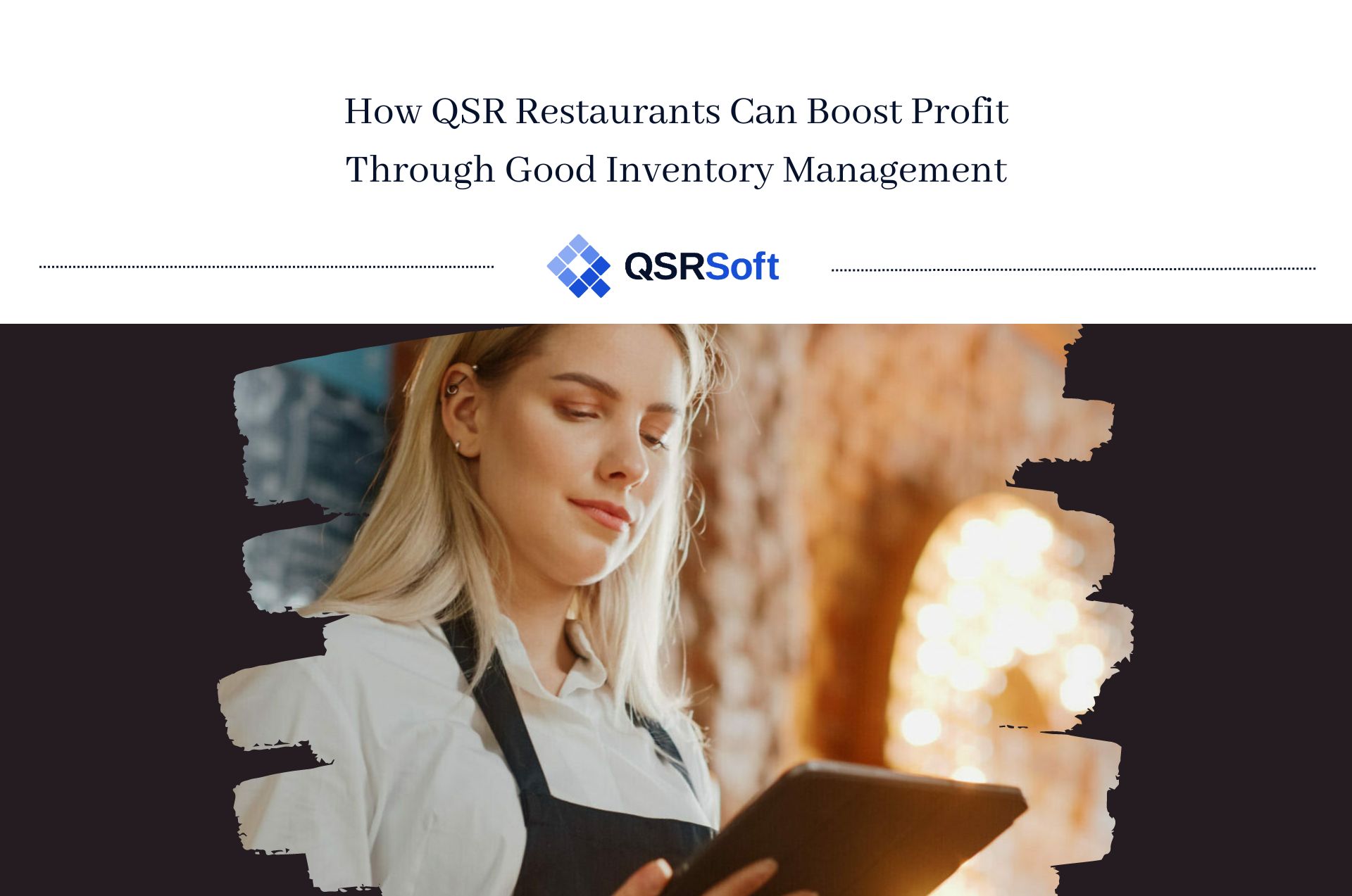- More accurately measure food costs, identify profit opportunities
- Calculate gains and losses from improper serving size or theft
- Better forecast for future orders
- Inventory at any time of the day and get an accurate gain/loss and food cost calculation
- Lower your inventory costs and food waste
- Streamline your back-of-house processes
- Free up staff to help customers
- Gain valuable insight into your business costs

